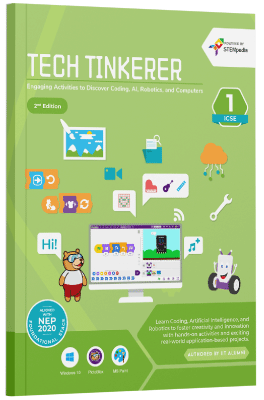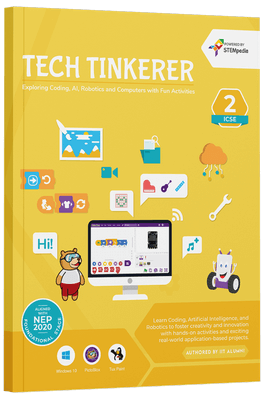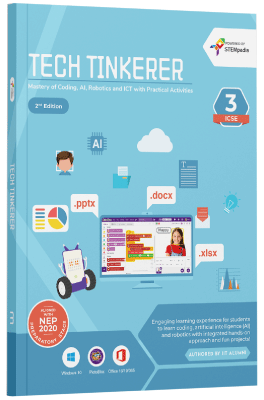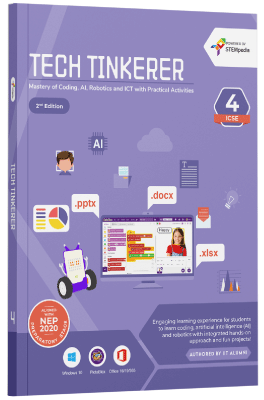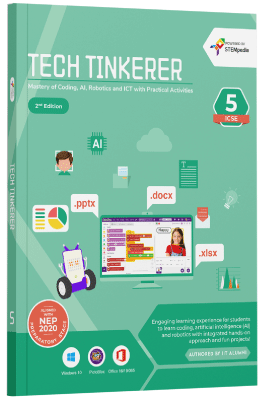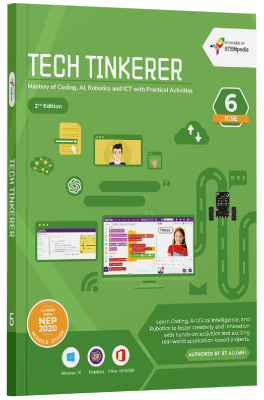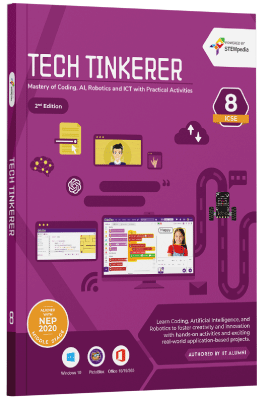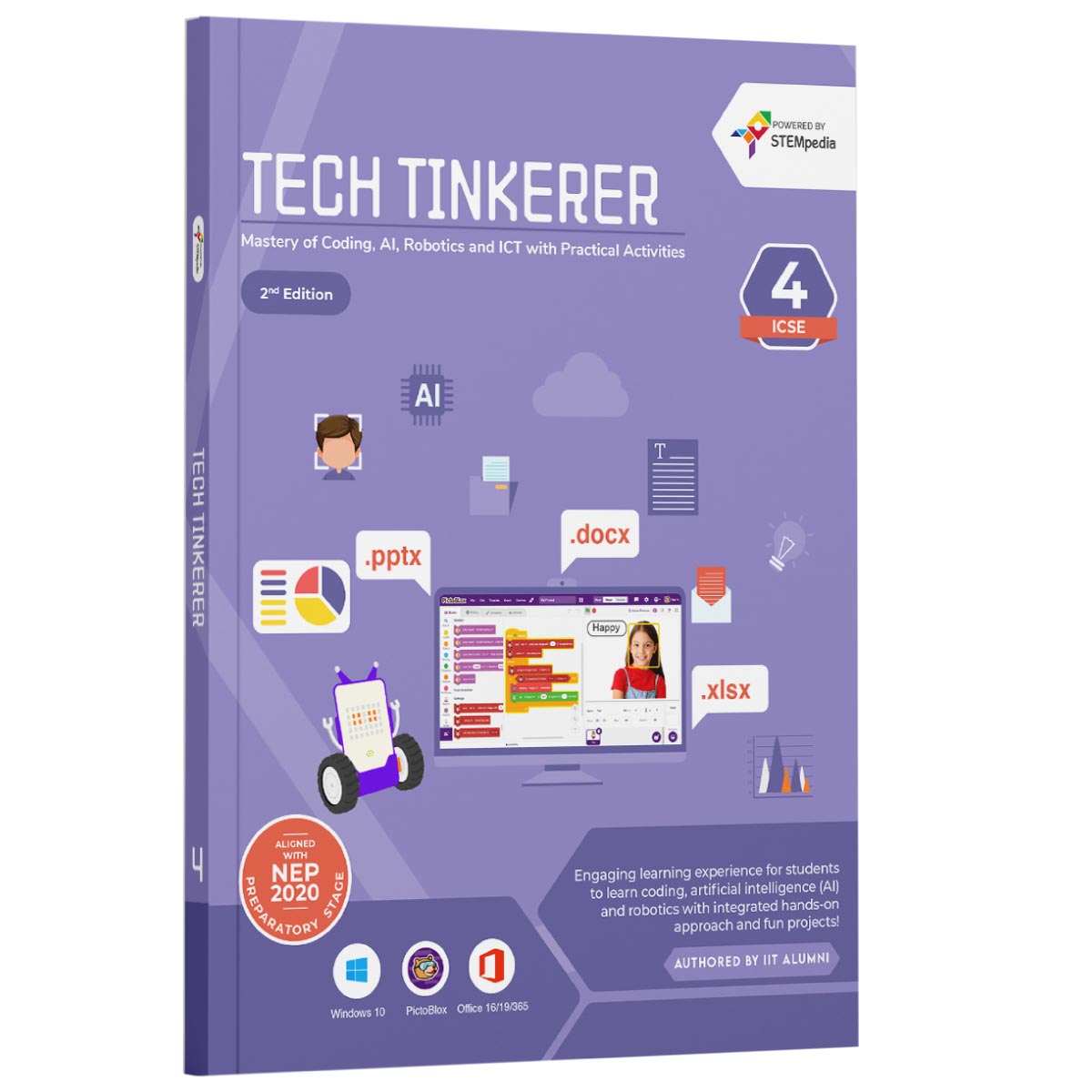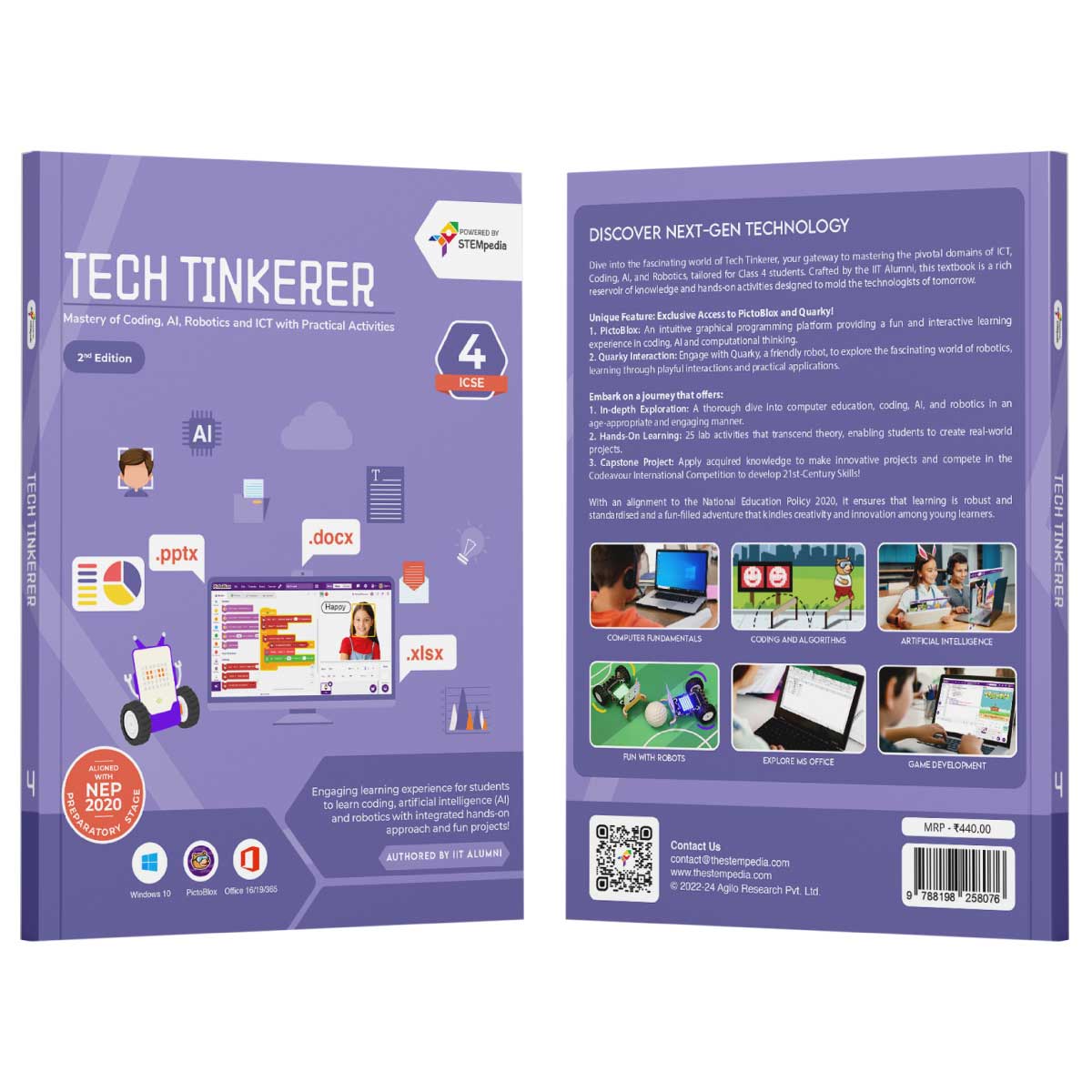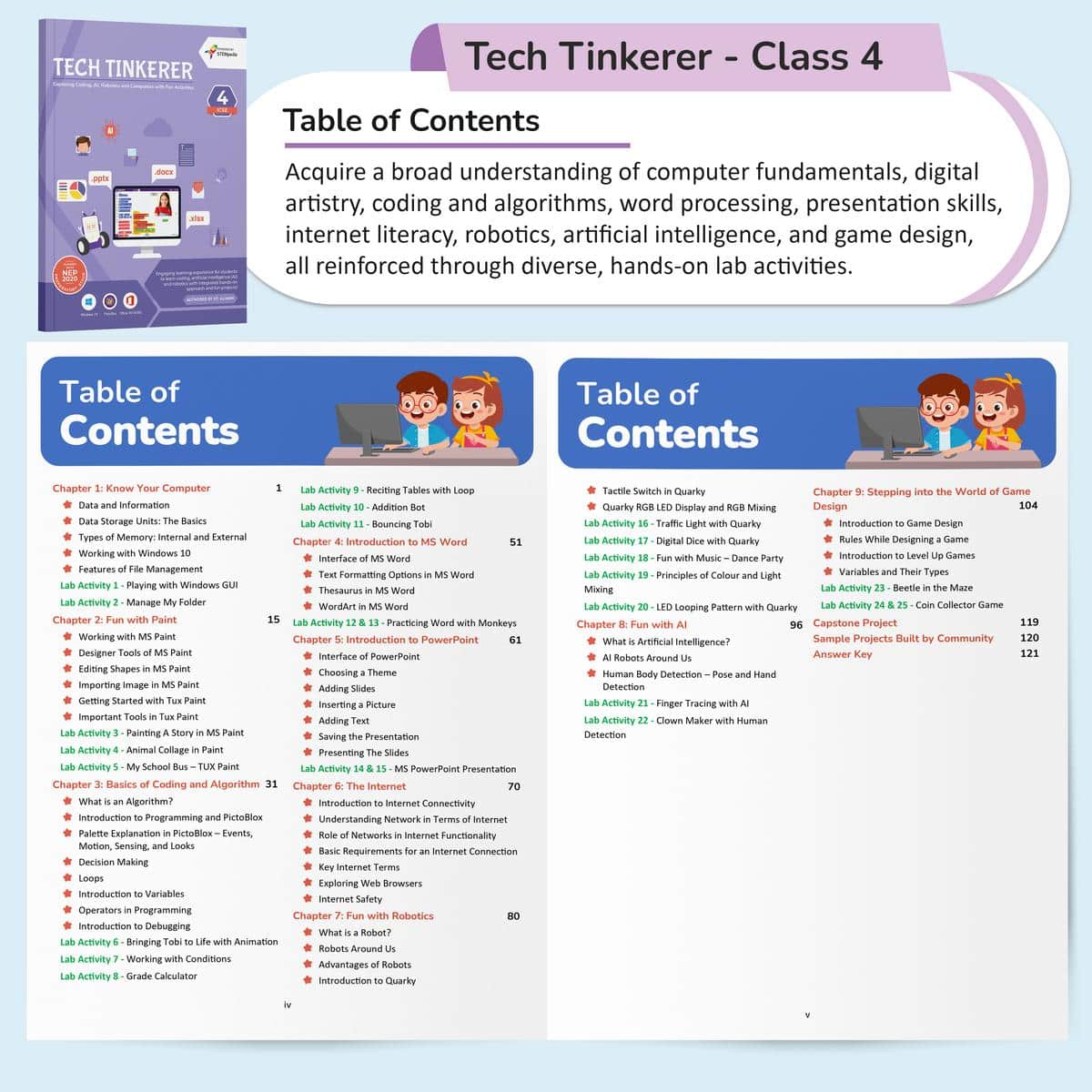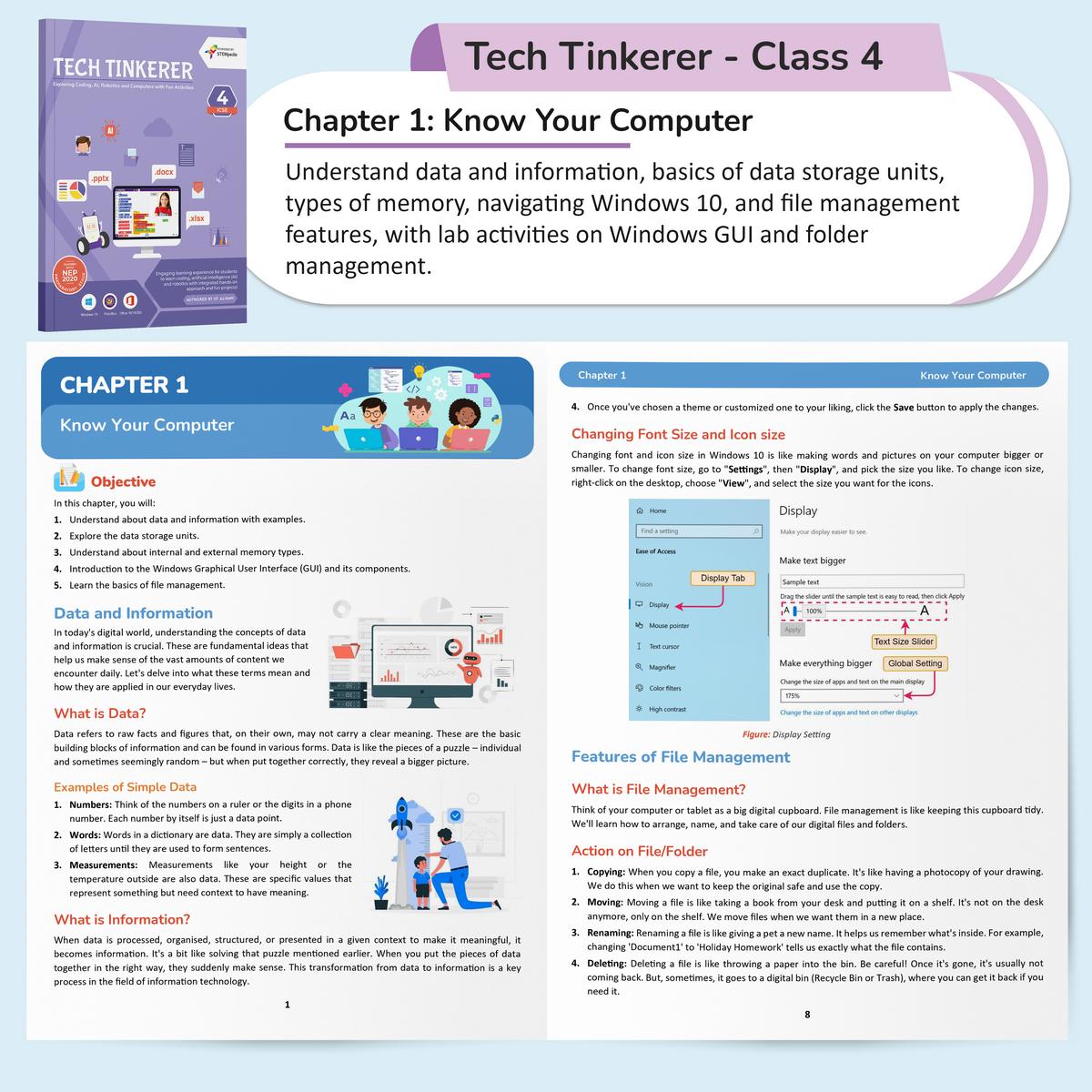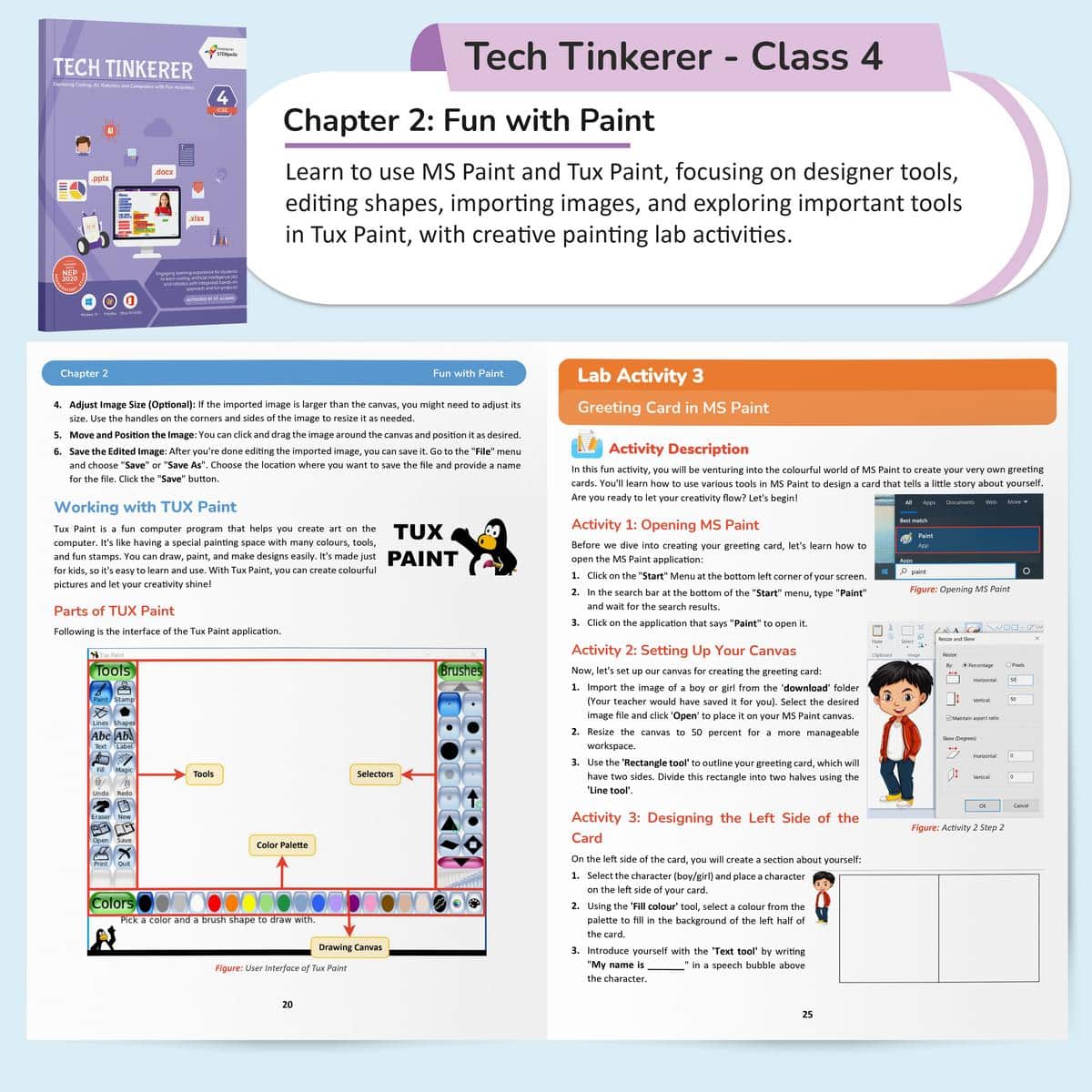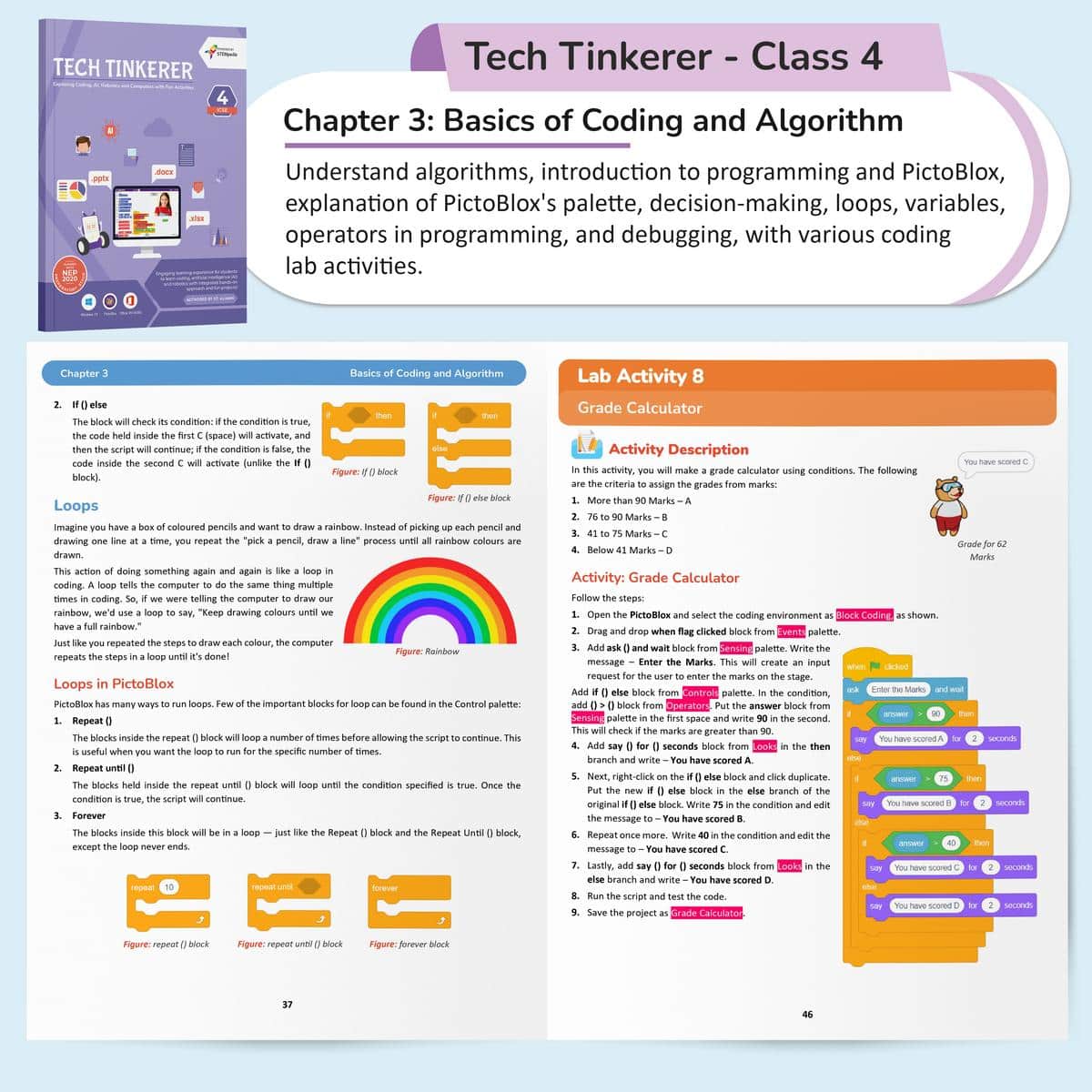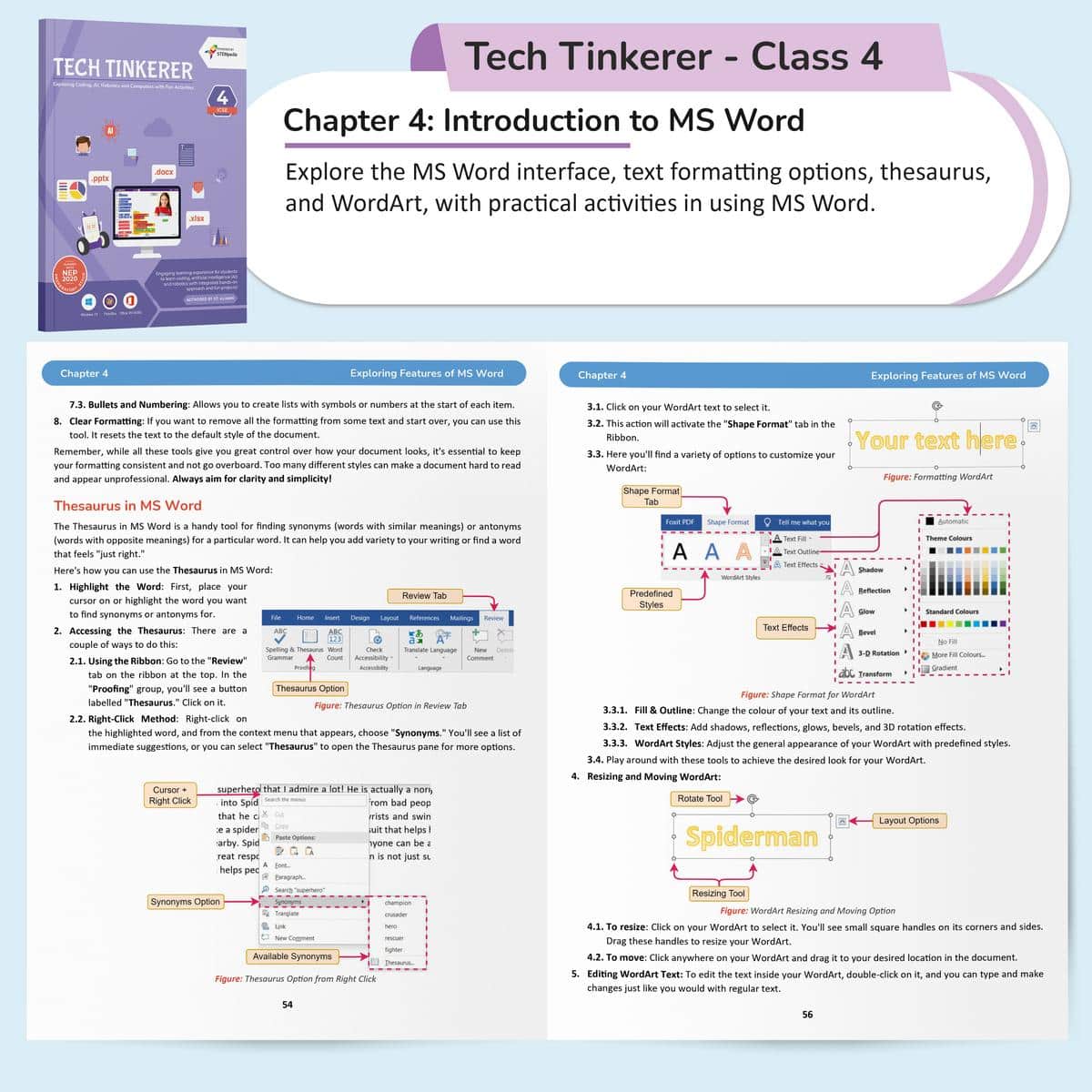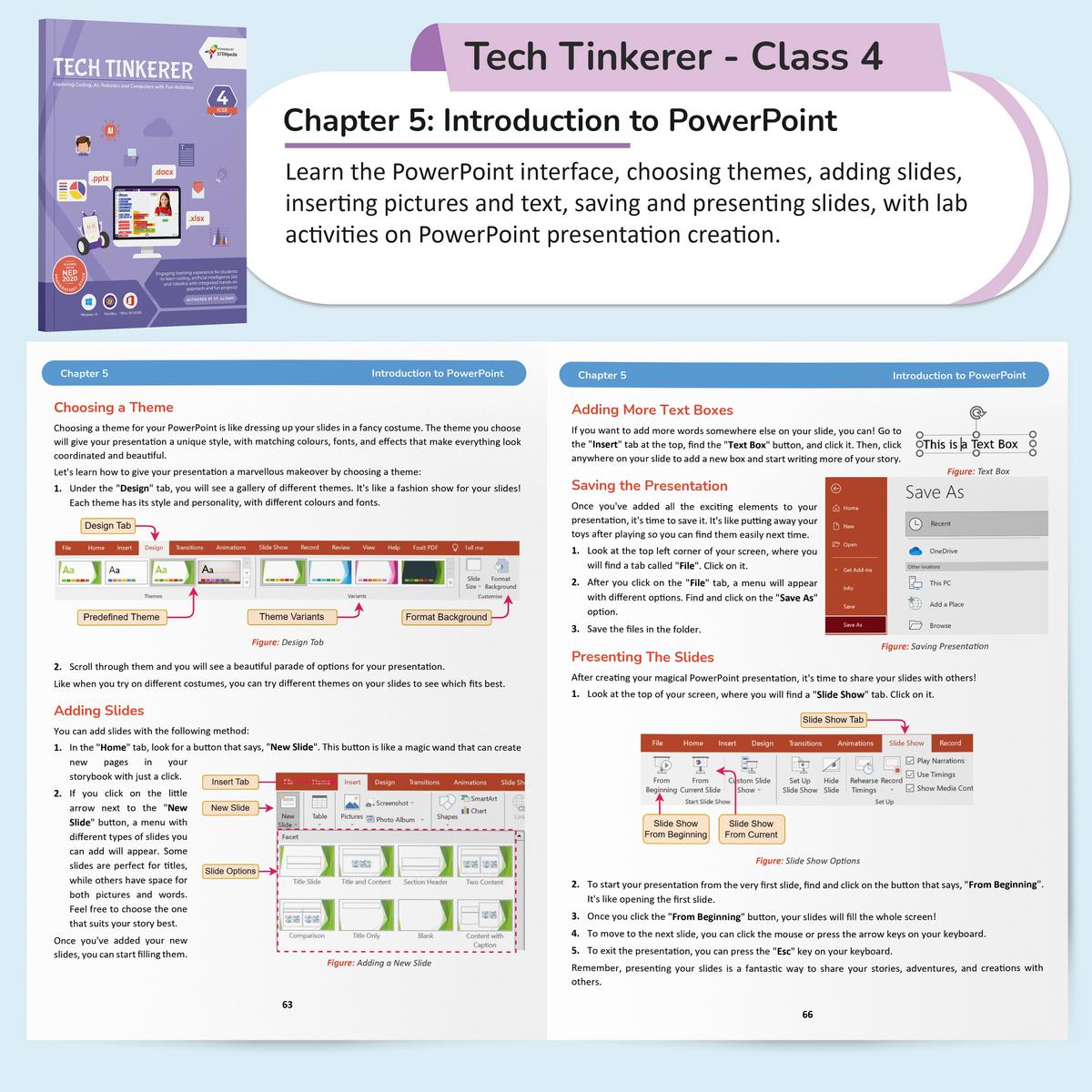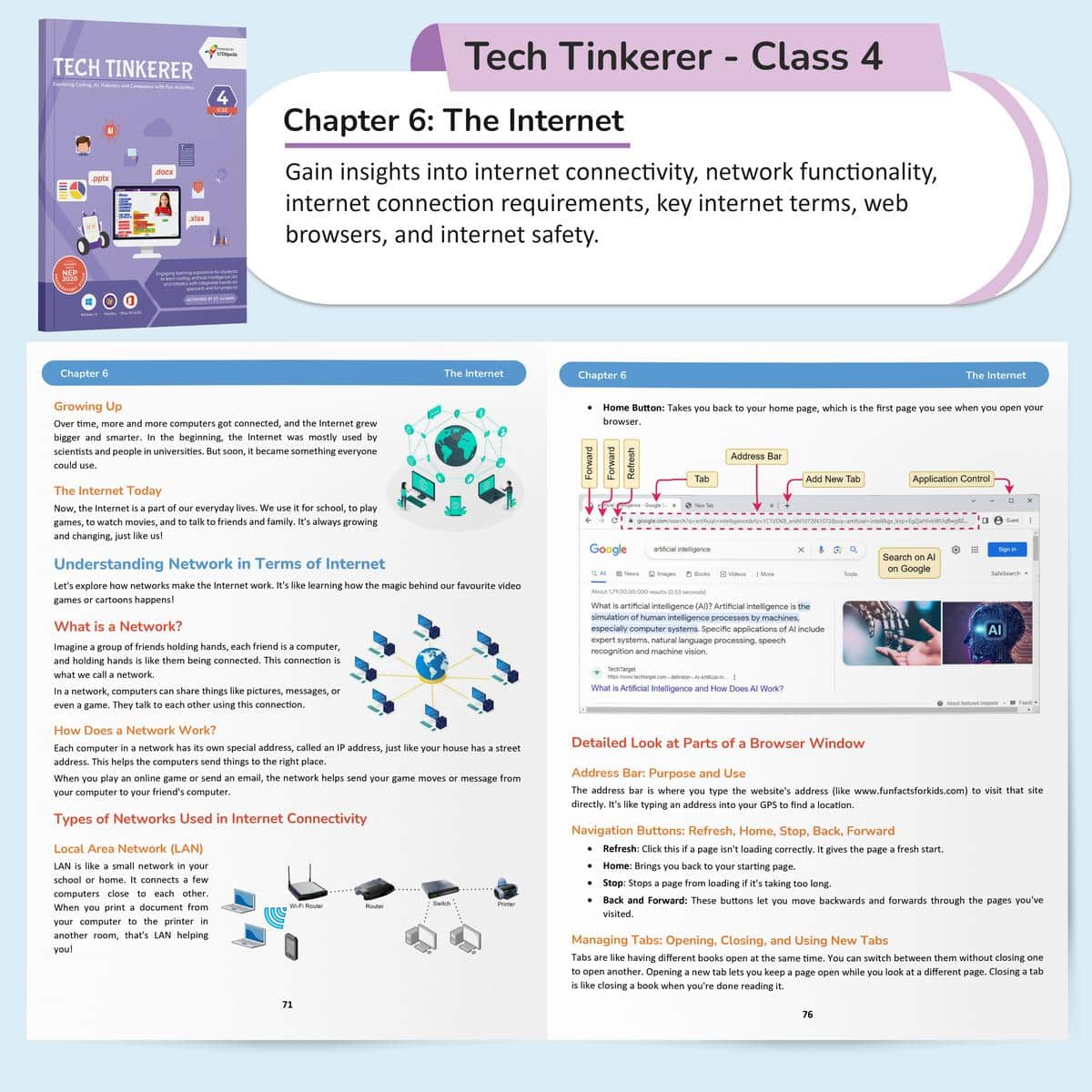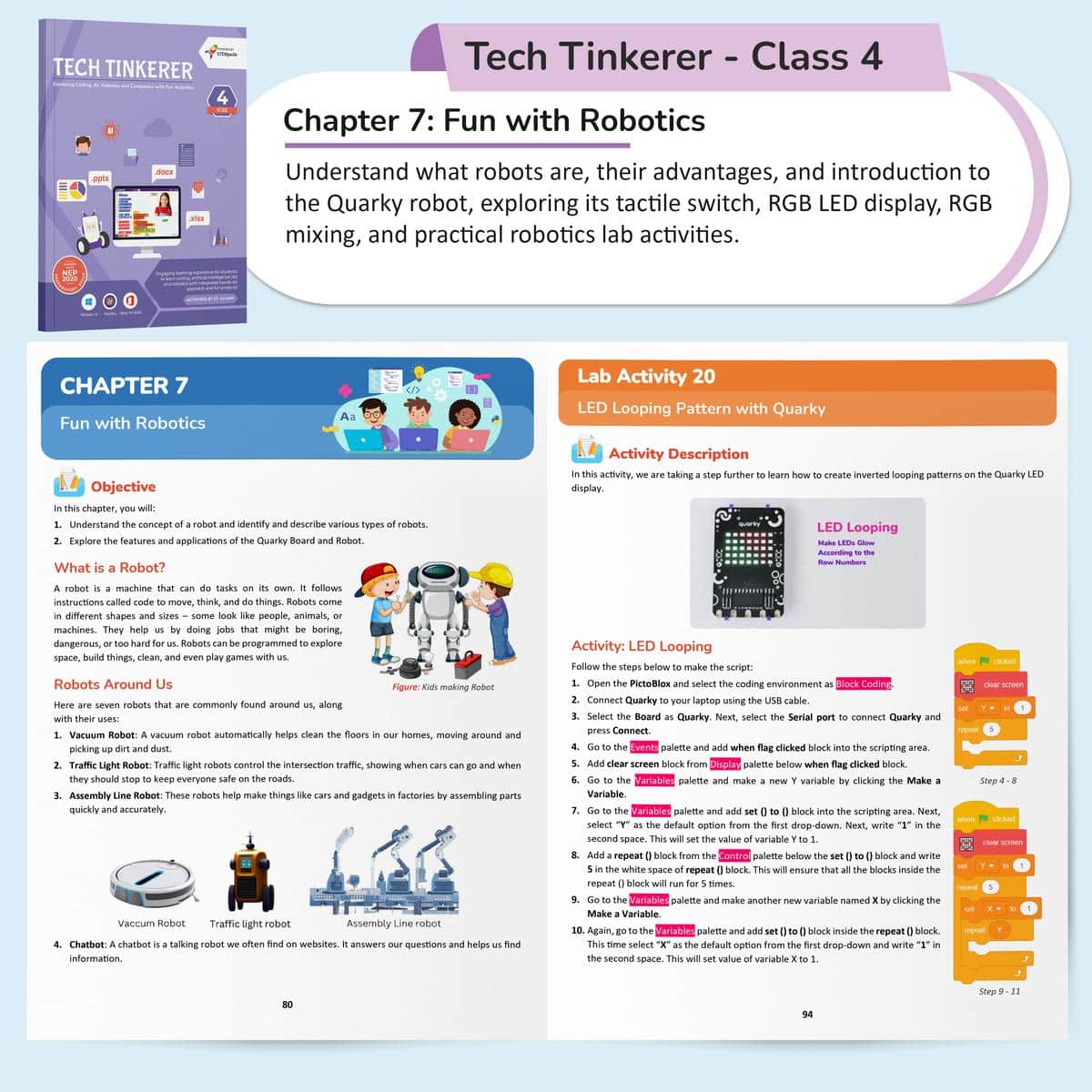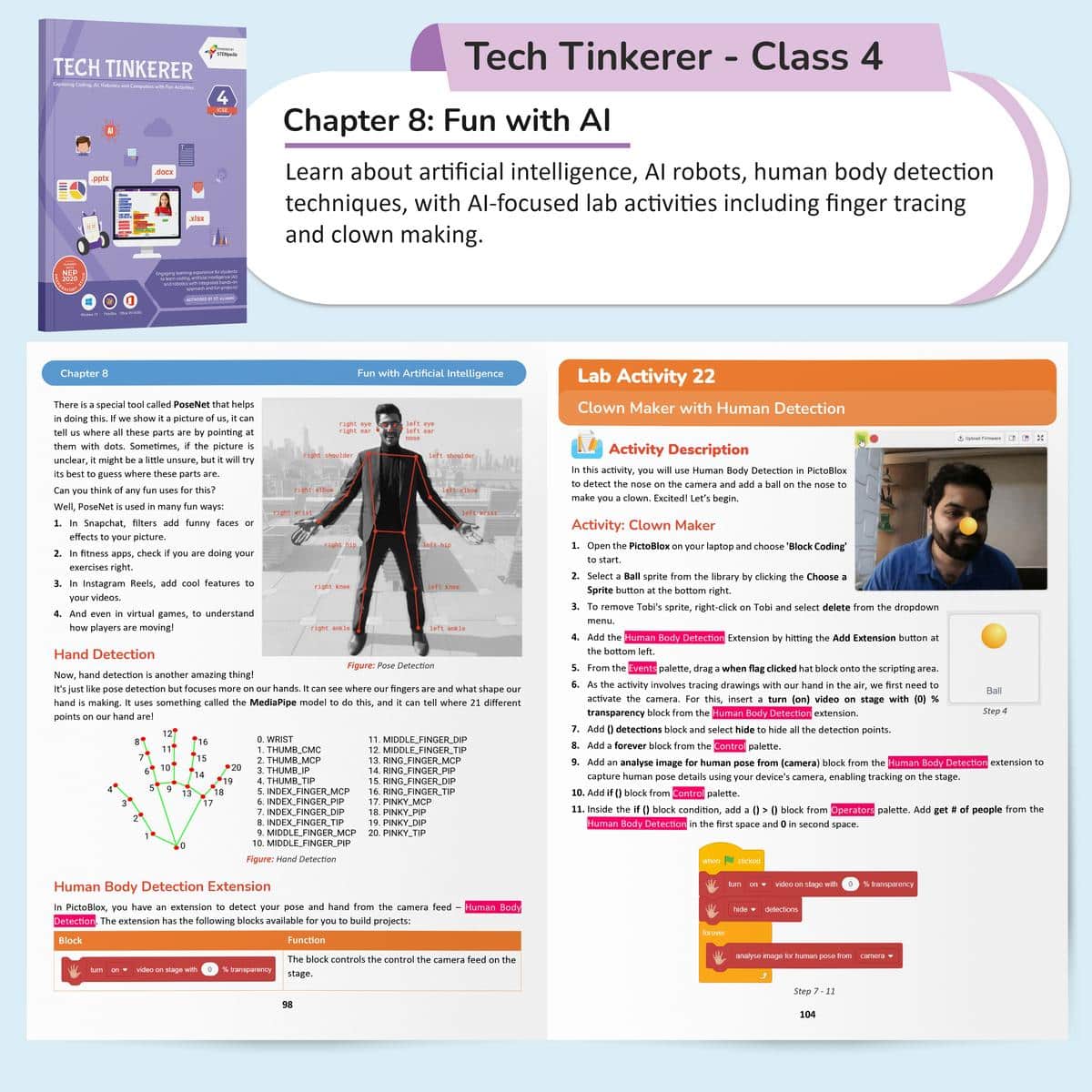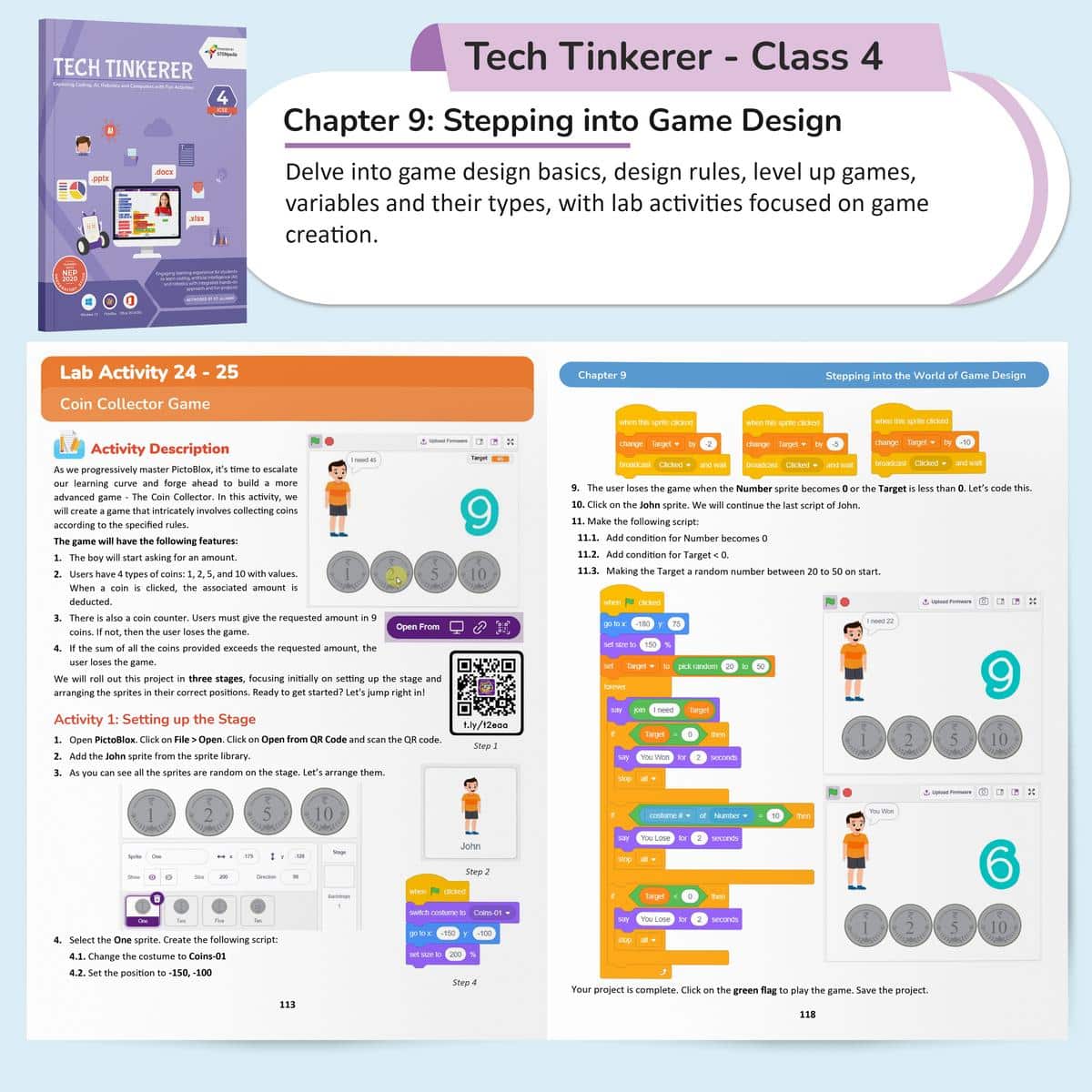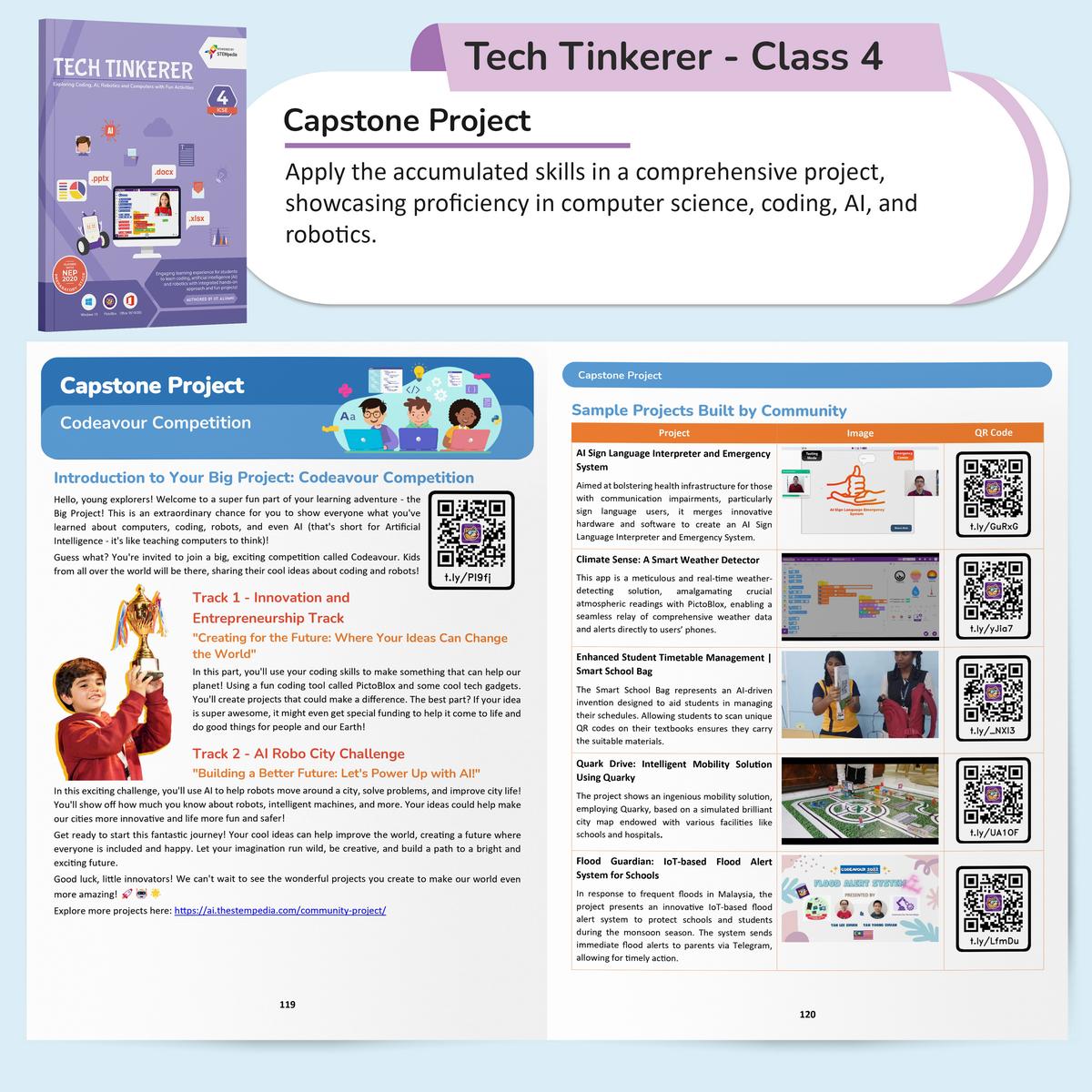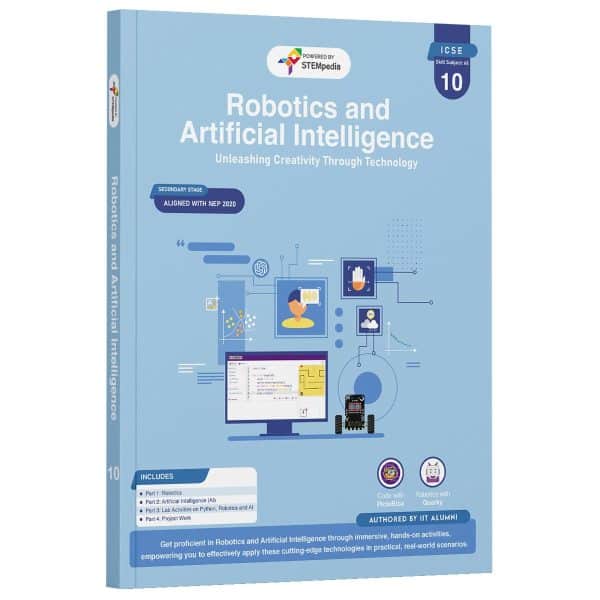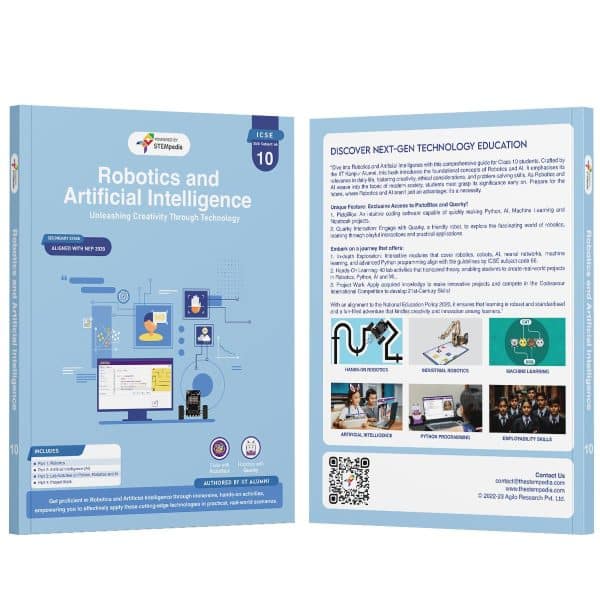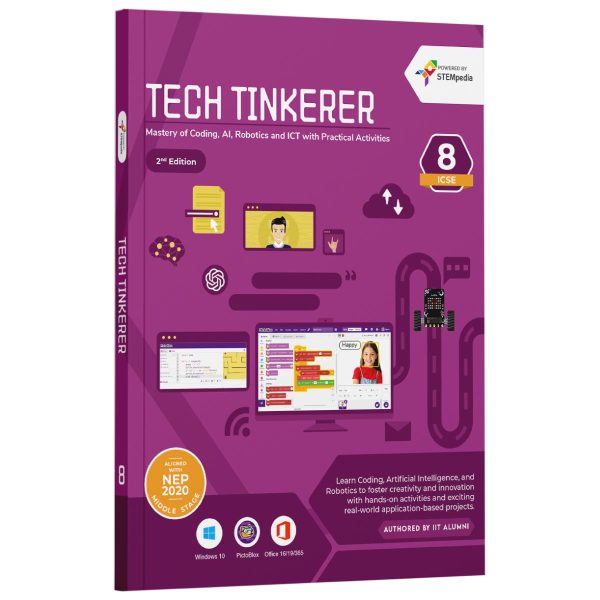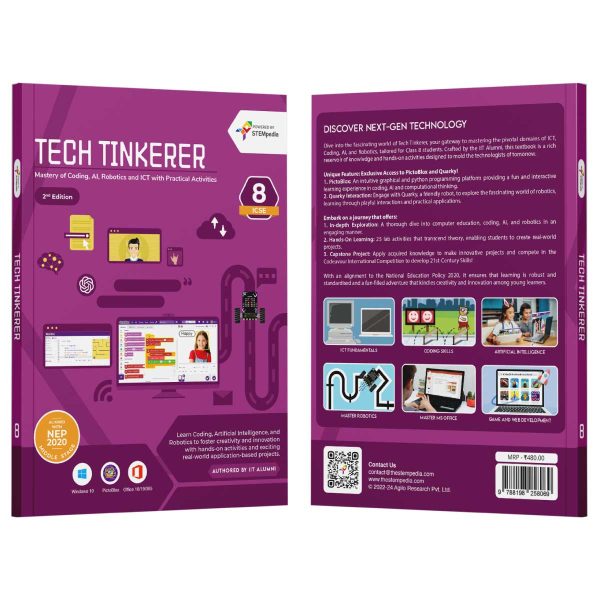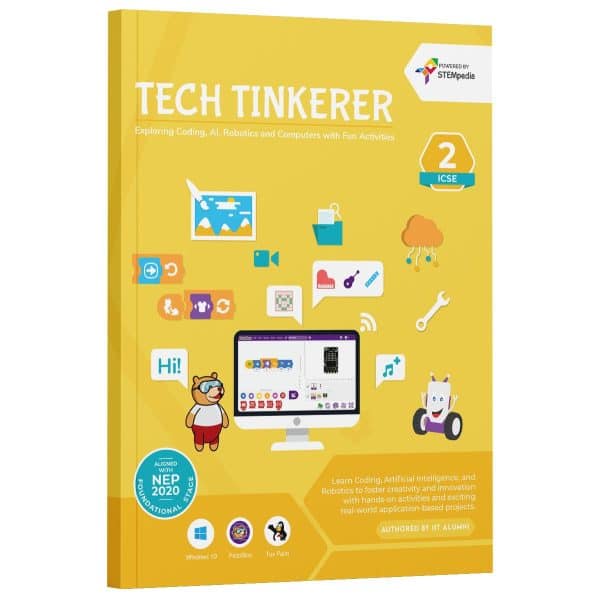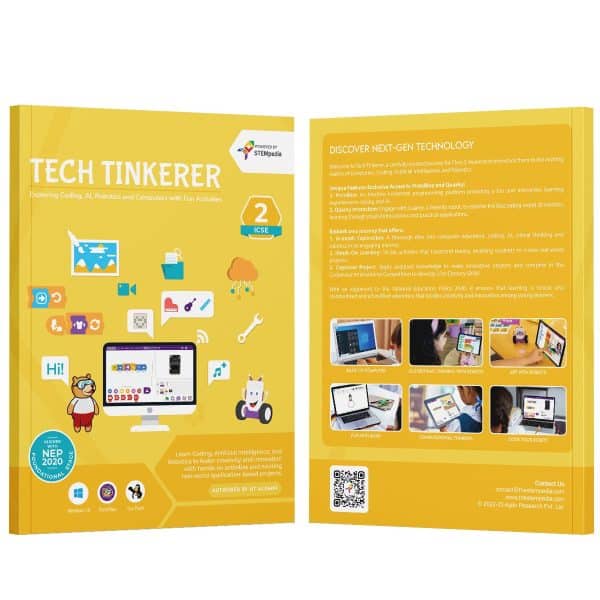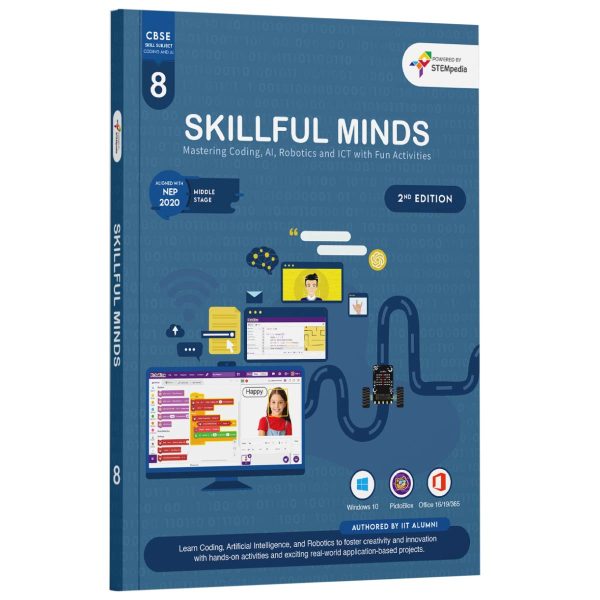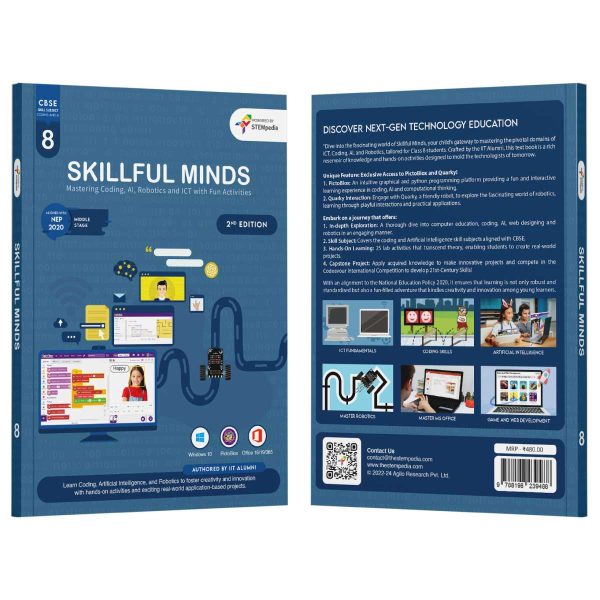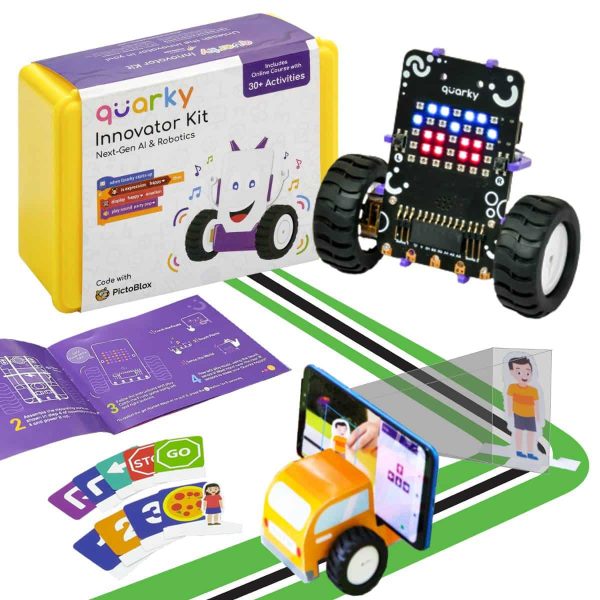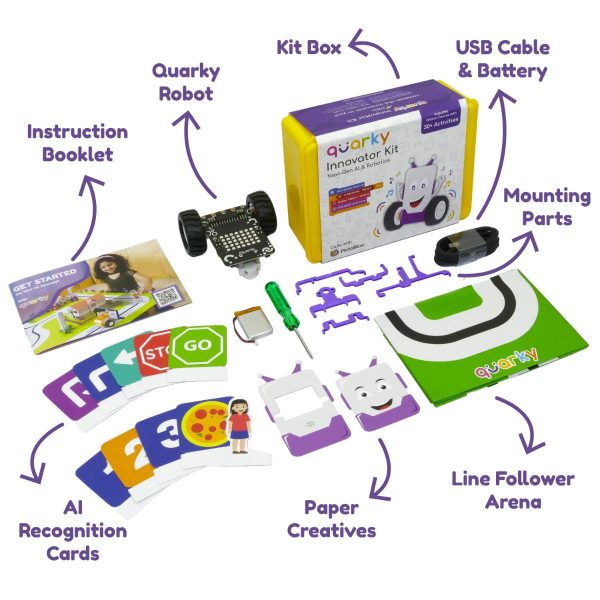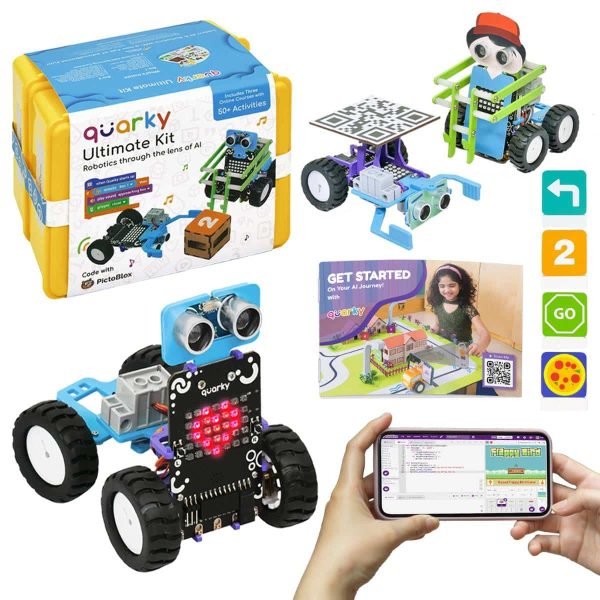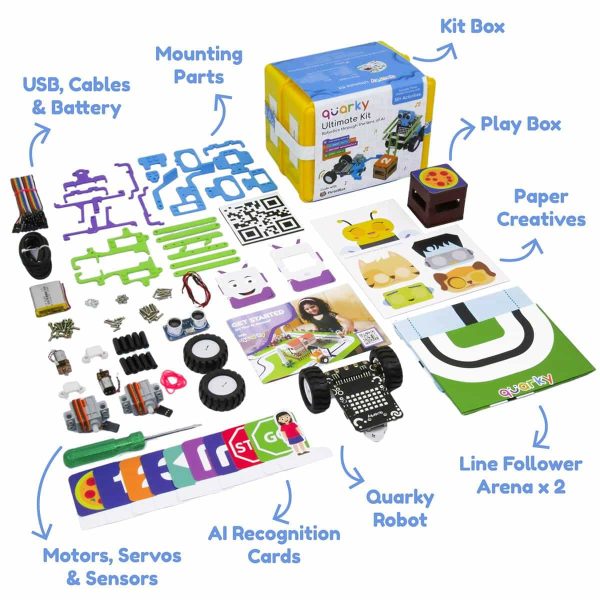Empowering Kids with the Right Future Skills
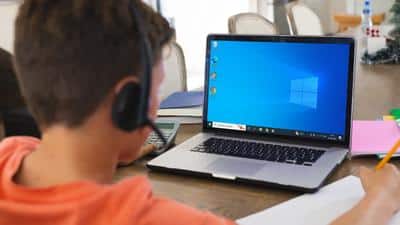
Computer Fundamentals
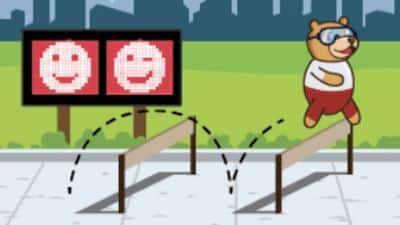
Coding and Algorithms

Artificial Intelligence

Computer Fundamentals

Coding and Algorithms

Artificial Intelligence
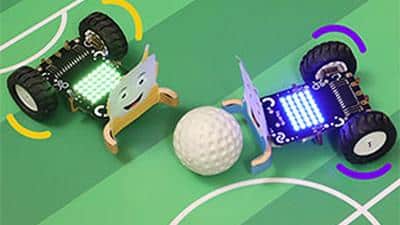
Fun with Robotics
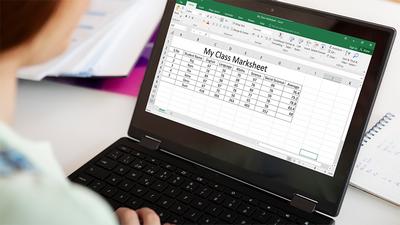
Explore MS Office
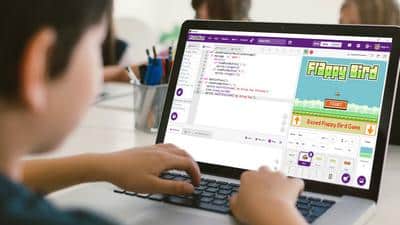
Game Development

Fun with Robots

Explore MS Office

Game Development
Inside the Book
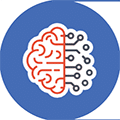
21st Century Skills
Chapters and activities designed to impart skills pertinent to the evolving technological landscape of the 21st century.
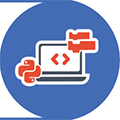
Master Coding and AI Skills
Build competency in computational thinking, coding and artificial intelligence with hands on activities.
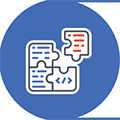
Activity-Based Learning
Incorporating 25 hands-on activities and theme-based learning that make learning both fun and intellectually stimulating.

Learn with Quarky Robot
Interactive sessions with the Quarky robot enhance engagement and maintains a high level of interest.

PictoBlox AI Software
Learn the art of coding through block coding in PictoBlox, a premier tool for young learners. Students also receive 3000 AI credits for PictoBlox.

Codeavour Competition
Exclusive access to Codeavour – the AI and Robotics Competition, with the opportunity to represent India on the global stage at Dubai.
Software and Hardware Used

Windows 10

Tux Paint

MS Word 16/19

MS PowerPoint 16/19

PictoBlox
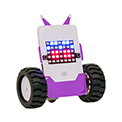
Quarky
Chapter-wise Learning Outcome
| # | Chapter | Learning Outcome | Activities | Tool Used |
|---|---|---|---|---|
| 1 | Know Your Computer | Developing a foundational understanding of data, memory types, and essential Windows 10 operations for effective computer use. | 2 | Windows 10, File Explorer |
| 2 | Fun with Paint | Learning creative skills using MS Paint and Tux Paint, including image editing and designing digital art. | 3 | MS Paint, Tux Paint |
| 3 | Basics of Coding and Algorithm | Mastering the fundamentals of algorithms, programming basics, and decision-making processes in PictoBlox for budding coders. | 6 | PictoBlox |
| 4 | Introduction to MS Word | Enhancing text formatting and document presentation skills using various features of MS Word. | 2 | MS Word |
| 5 | Introduction to PowerPoint | Developing presentation skills through designing and creating impactful PowerPoint presentations. | 2 | MS Excel |
| 6 | The Internet | Gaining comprehensive knowledge about internet connectivity, network basics, and essential internet safety practices. | 0 | PictoBlox |
| 7 | Fun with Robotics | Exploring the fascinating world of robotics, learning about the Quarky robot and its features, and understanding basic robotic operations. | 5 | Quarky |
| 8 | Fun with AI | Learning the basics of artificial intelligence, exploring AI in everyday life, and experimenting with simple AI-based applications. | 2 | PictoBlox AI |
| 9 | Stepping into the World of Game Design | Developing game design skills, understanding game rules, and creating engaging games using programming concepts. | 3 | PictoBlox |
Lab Activities in the Book
The book includes a range of lab activities in each chapter, designed to reinforce theoretical concepts through practical, hands-on experience.
| Lab Activity | Name | Learning Outcome |
|---|---|---|
| Lab Activity 1 | Playing with Windows GUI | Developing skills in personalizing and customizing the Windows 10 desktop environment. |
| Lab Activity 2 | Manage My Folder | Mastering the management of files and folders in Windows 10, including creation, naming, and organization. |
| Lab Activity 3 | Greeting Card in MS Paint | Creating digital greeting cards using MS Paint, enhancing creativity and design skills. |
| Lab Activity 4 | Animal Collage in Paint | Developing artistic abilities by creating a poster featuring wild animals in MS Paint. |
| Lab Activity 5 | My Nature Scenery - MS Paint | Learning to illustrate vibrant scenes, specifically a school bus setting, using Tux Paint. |
| Lab Activity 6 | Bringing Tobi to Life with Animation | Exploring digital animation by animating the sprite Tobi in PictoBlox. |
| Lab Activity 7 | Working with Conditions | Gaining proficiency in coding with PictoBlox through interactive scripting involving conditions. |
| Lab Activity 8 | Grade Calculator | Creating a grade calculator using PictoBlox to understand and apply programming conditions. |
| Lab Activity 9 | Reciting Tables with Loops | Advancing coding skills in PictoBlox by learning about loops and their applications in multiplication tables. |
| Lab Activity 10 | Addition Bot | Developing arithmetic operation skills in coding by creating an automated addition bot in PictoBlox. |
| Lab Activity 11 | Bouncing Tobi | Applying division and multiplication in programming to animate a bouncing Tobi in PictoBlox. |
| Lab Activity 12 & 13 | Practicing Word with Monkeys | Enhancing MS Word skills by creating a document about monkeys with text formatting and image insertion. |
| Lab Activity 14 & 15 | MS PowerPoint Presentation | Developing presentation skills by creating PowerPoint slides on various topics, focusing on creativity and research. |
| Lab Activity 16 | Traffic Light with Quarky | Learning to create a Traffic Light script with Quarky, exploring custom pattern displays. |
| Lab Activity 17 | Digital Dice with Quarky | Creating a dice-rolling game using PictoBlox and Quarky, integrating coding and interactive gameplay. |
| Lab Activity 18 | Fun with Music – Dance Party | Utilizing Quarky’s touch pins to create an interactive dance party featuring lights, music, and animation. |
| Lab Activity 19 | Principles of Colour and Light Mixing | Exploring the RGB colour model and light mixing principles with Quarky’s LED matrix. |
| Lab Activity 20 | LED Looping Pattern with Quarky | Learning to create inverted looping patterns on Quarky’s LED display. |
| Lab Activity 21 | Finger Tracing with AI | Delving into human body detection in AI with a focus on finger tracing using PictoBlox. |
| Lab Activity 22 | Clown Maker with Human Detection | Using human body detection in PictoBlox to create a clown effect with real-time nose tracking. |
| Lab Activity 23 | Beetle in the Maze | Designing a maze game in PictoBlox, focusing on game design and keyboard-based controls. |
| Lab Activity 24 & 25 | Coin Collector Game | Creating an advanced coin collector game in PictoBlox, incorporating elements of arithmetic and interactive gameplay. |
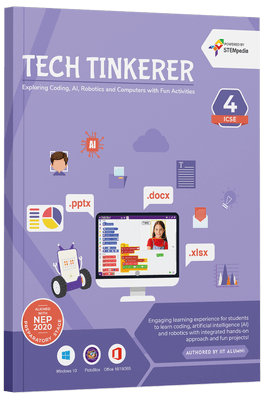
Get Your Book Today!
Tech Tinkerer is the book your child needs to start their journey in technology. Equip them with the skills of tomorrow, today!
FAQs on Tech Tinkerer - Class 4 Book
‘Tech Tinkerer’ is a comprehensive educational book tailored for Class 4 students. It focuses on imparting essential skills in coding, artificial intelligence, robotics, and ICT through a mix of conceptual learning and practical activities.
The book delves into four key areas: ICT, coding, artificial intelligence, and robotics. It provides a balanced mix of theory and hands-on activities to ensure students gain a solid understanding of these critical 21st-century skills.
‘Tech Tinkerer’ aligns closely with the ICSE curriculum guidelines for Class 4, covering key concepts and practical applications in a comprehensive manner.
- Computers – Storage and Memory: The book covers data and information, data storage units, and differentiates between internal and external memory. It aligns with the ICSE curriculum by helping children differentiate between data and information, describe different data storage units, and list primary and secondary data storage devices.
- GUI Operating System – Desktop Management: It includes activities for customizing the Windows setup, reinforcing the ICSE guidelines on recalling the features of OS and GUI, and using the Task Bar and Quick Launch Bar.
- Tools of Word Processor: The book provides hands-on experience in editing and formatting documents in MS Word, aligning with the ICSE outcomes of using various features of editing and formatting and preparing, previewing, and printing documents.
- The Internet – Web Browser: ‘Tech Tinkerer’ includes chapters on Internet safety and responsible browsing, aligning with ICSE’s guidelines on understanding web browsers, using search engines effectively, and making responsible decisions while browsing.
- Presentation Software – An Introduction: The book covers the use of PowerPoint, teaching students to choose appropriate layouts, create, add text, and navigate between slides, in line with ICSE’s objectives of explaining the purpose of presentation software and presenting slide shows.
- Step-Wise Thinking: The book’s focus on problem-solving and algorithmic thinking aligns with ICSE’s emphasis on analysing tasks, breaking them into simple steps, and predicting possible solutions.
- Features of File Management: It covers managing files and folders in a computer system, teaching skills such as copying, moving, renaming, and deleting files and folders, which is in line with the ICSE curriculum’s objectives.
In summary, ‘Tech Tinkerer’ provides a holistic approach to computer education that is in sync with the ICSE guidelines, ensuring that students not only understand but also effectively apply these concepts in real-world scenarios.
The content of ‘Tech Tinkerer’ aligns with the National Education Policy 2020 by focusing on creativity and innovative thinking. It encourages students to become creators of technology through hands-on activities, fostering a deeper understanding and application of technological concepts.
The practical learning section includes 25 lab activities covering ICT, coding, AI, and robotics. Each activity provides objectives and step-by-step explanations to engage students in practical exploration and application of the concepts learned.
The Capstone Project is a significant component of the book, where students apply their acquired skills in computer science, coding, AI, and robotics in the Codeavour Competition. This global contest encourages innovation and creativity, allowing students to explore diverse themes and tracks.
No prior knowledge in coding or robotics is required to start with this book. It introduces all concepts from the basics, making it suitable for beginners. The book gradually progresses to more complex topics, ensuring a smooth learning curve for students who are new to these subjects.
The conceptual learning section integrates classroom demonstrations and a variety of exercises like multiple-choice questions, fill-in-the-blanks, match the following, subjective questions, higher order thinking questions, puzzles, and more to solidify students’ understanding of each chapter.
The book includes a range of assessments and quizzes, such as multiple-choice questions, fill-in-the-blanks, subjective questions, puzzles, and higher-order thinking questions. These are integrated into each chapter to evaluate and reinforce the students’ understanding of the material.
The activities in the book require the use of various tools and software, including PictoBlox for coding exercises, MS Word and MS Excel for computer literacy, and the Quarky Robot for robotics projects. These tools are chosen for their educational value and ease of use for young learners.
Quarky is a robotic tool used in various lab activities within the book. It is designed to provide hands-on experience in robotics, helping students understand basic robotic functions and control mechanisms. Through activities involving Quarky, students learn about robotics in an interactive and engaging manner.
PictoBlox is a graphical programming software introduced in the book. It’s used in several lab activities to teach coding and programming concepts. PictoBlox’s user-friendly interface makes it an effective tool for introducing students to programming, allowing them to create animations, games, and more.

